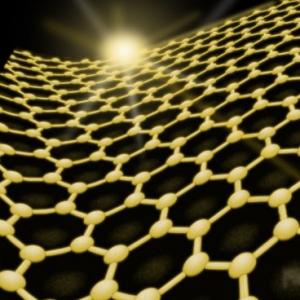NASA is getting set to announce its first mission to fly directly into the sun’s atmosphere during an event on Wednesday, May 31, 2017. The mission, Solar Probe Plus, is scheduled to launch in the summer of 2018.

Placed in orbit within four million miles of the sun’s surface, facing heat and radiation unlike any spacecraft in history, the vessel will explore the sun’s outer atmosphere and make observations that may answer questions that have long since plagued researchers.
While exciting and scientifically valuable, a mission to get this close to the sun inherently raises the question of thermal management - as the probe will have to endure temperatures up to 1,400° Celsius (about 2,550° Fahrenheit) while keeping its payload at a much lower temperature.
Heat shields will apparently be of massive importance here, and carbon composites will likely be used. It will be interesting to see exactly what kind of these will be chosen; materials like graphene, carbon nanotubes, and several other types of carbon have shown in the past to make for light and durable composites, with interesting thermal properties.
There has been a lot of interest in graphene for the aerospace industry in 2017. In March, The Chinese government signed a strategic cooperation agreement with the Hubei Institute of Aerospace Chemical Technology to jointly build the China Aerospace Graphene Industry Base in Central China. In April, Applied Graphene Materials reported the successful completion of the exploratory phase of its development program with Airbus Defense and Space, in a program aiming to use graphene for satellite applications. In May, Haydale Graphene Industries stated that it has signed an agreement with Nanospan India to collaborate on developing advanced nano composites for the defense, aerospace and energy sectors.

